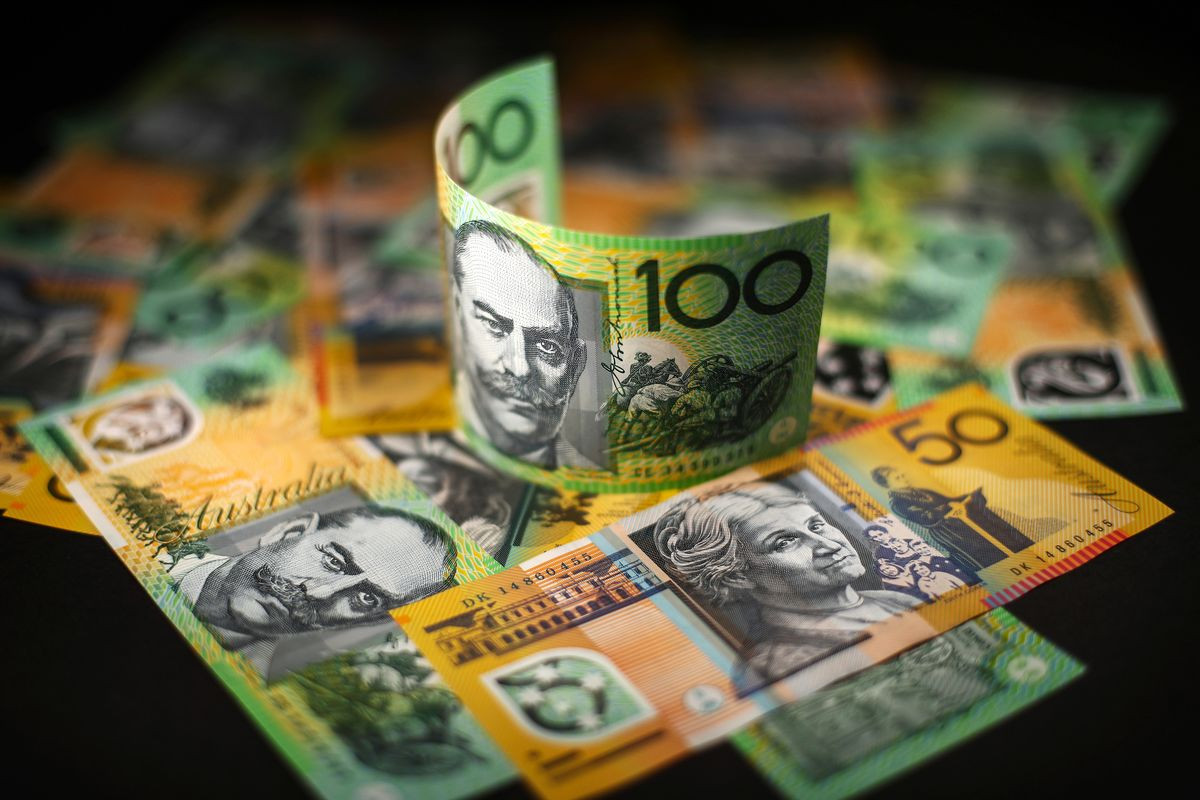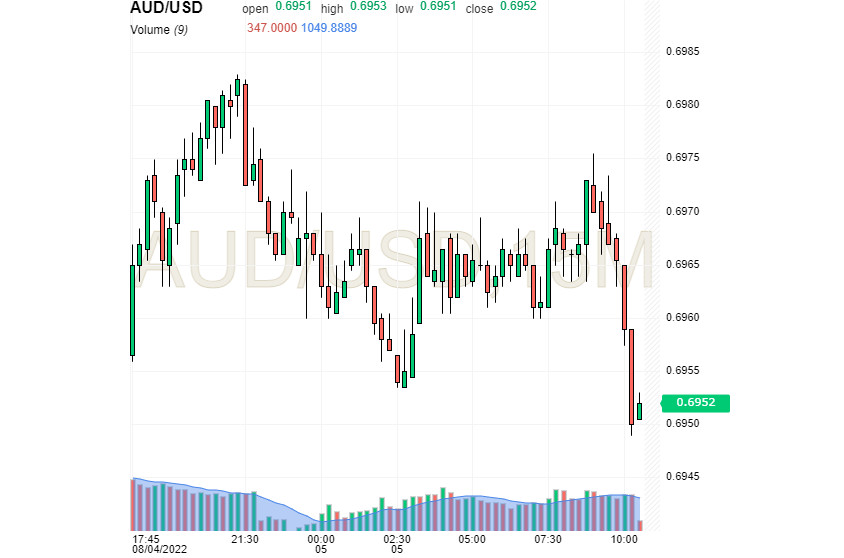
The Australian currency made another round, launching a rally and hoping to gain a foothold in high positions. These plans came true partially. The Aussie's rally is now becoming fragile, although some experts believe otherwise.
Many analysts are confident in the so-called anti-fragility of the Australian dollar's rally, believing that it will be able to withstand the strength test. It is worth recalling that the term «antifragile» was introduced by the famous economist Nassim Taleb, author of the book «The Black Swan». The Aussie is currently swinging between two extremes, moving from fragility to its opposite.
Currency strategists at Westpac Bank are also talking about the fragility of the Australian dollar's outlook. This is due to the current volatility amid volatile commodity prices and inconsistency in the decisions of the Reserve Bank of Australia (RBA). Previously, some representatives of the department had hawkish views on monetary policy (MP), and some leaned towards a dovish position.
However, minor disagreements did not prevent the regulator from increasing the pace of monetary tightening, which reached a maximum since 1990. Recall that on Tuesday, August 2, the RBA adjusted the interest rate for the third time in a row, increasing it by 50 basis points to 1.85%.
The regulator's reports emphasized that the current rate increase is a forced measure due to the rapid growth of inflation. Recall that in the second quarter of 2022, the inflation rate in Australia reached 6.1% year on year, and this is not the limit. The RBA statement also noted that in the future, the rate hike will be adjusted depending on the situation, and not follow «a predetermined path». However, experts fear a slowdown in the New Zealand economy as a result of these increases. In this context, many investors believe that the peak of the hawkish mood of the RBA has passed.
According to the economic forecasts of the regulator, this year inflation in the country will reach a critical 7.75%, while GDP will increase by 3.25%. This is well below the previous forecast for Australia's GDP, which called for growth of 4.2%. At the same time, the Australian regulator admits that inflationary pressure in the country will increase. According to analysts, this contributes to the continuation of the trend towards further tightening of monetary policy. According to preliminary estimates, by the end of 2022, the key rate in Australia will reach 2.25%–2.5%.
In the current situation, the Australian dollar is unstable and shows a downward trend. Last week, the AUD/USD pair was trading near the round level of 0.7000, giving no clear signals to fall or rise. By the middle of this week, the Australian currency rose slightly against the American, remaining close to the value of 0.6965. On Thursday, August 4, the AUD/USD pair showed an upward trend. However, the Aussie's momentum faded quickly, and the tandem fell back to lower positions. On Friday, August 5, the AUD/USD pair was trading at 0.6952, trying to return to previous levels.

According to currency strategists at Westpac, rising commodity prices help strengthen the Aussie, but this support is ambiguous. Interestingly, Australia's wealth is based on large-scale exports of its raw materials, the main buyer of which is China. After the start of the military conflict in Eastern Europe, the cost of Australian hydrocarbons rose sharply, but since March of this year it has again gone negative. At the same time, energy prices remain high, which is favorable for Australian natural gas exporters.
Against this background, the Australian dollar was supported by an improvement in investor sentiment. This week, two indicators of such sentiment, namely the S&P500 and Nasdaq stocks, showed significant gains of 1.6% and 2.6%, respectively. For reference, the Aussie is a pro-cyclical and so-called «risky» currency that rises in price in case of increased optimism of investors and the growth of global stock markets.
Another factor supporting the Australian dollar is the positive macro statistics. According to reports on business activity in the service sector of Australia, in July this indicator fell to 50.9 points (from the previous 52.6 points), but managed to maintain an upward trend. Last month, retail sales data were also on the rise, with consumer activity in Australia increasing by 0.2%. In addition, the improvement in market sentiment and the growing interest of investors in risky assets also play into the hands of buyers of the AUD/USD pair. According to analysts, in the short term, the AUD/USD pair will trade near the level of 0.7000. If investor sentiment continues to improve, the Australian dollar will consolidate in an uptrend.





















